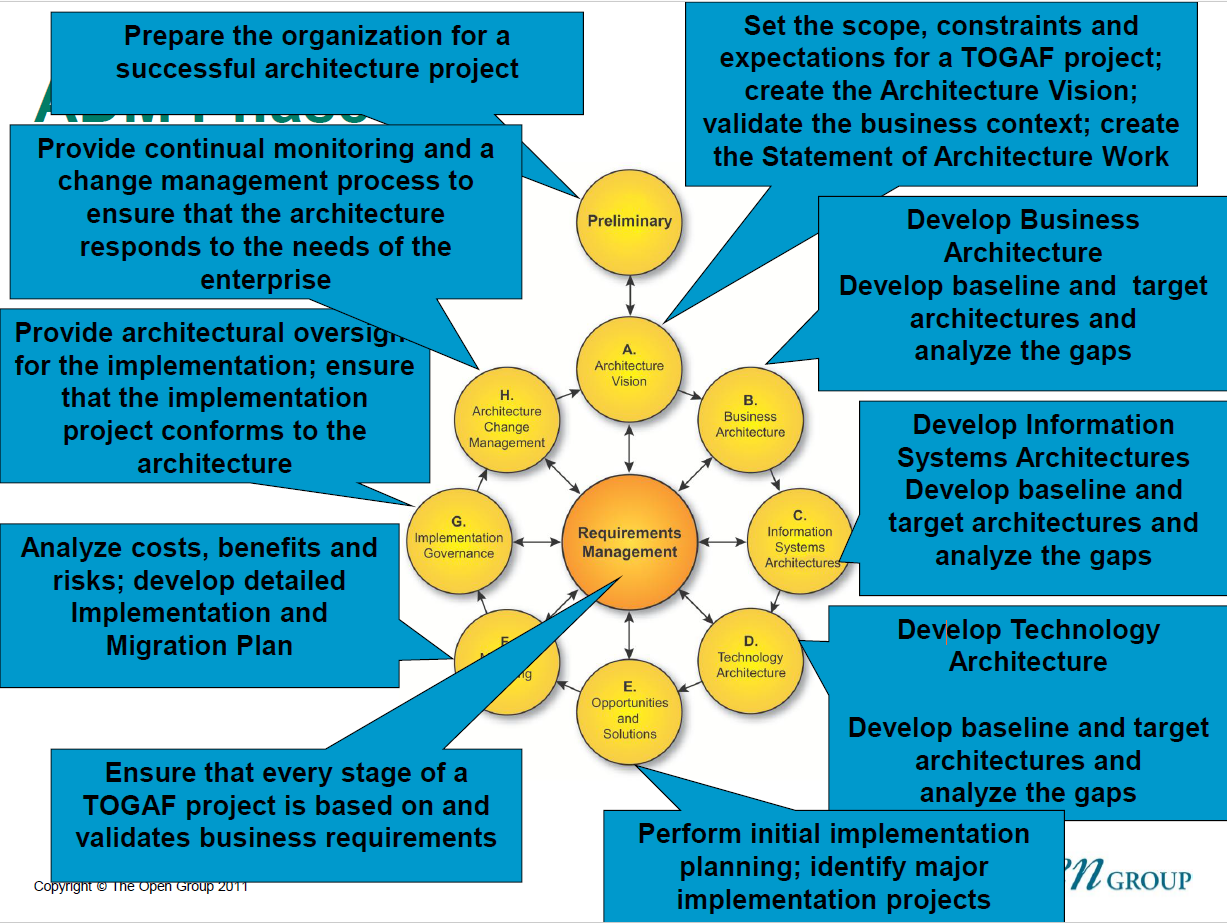Design Architecture Blueprint for IOT and AI based Smart-Cities

Smart City is all about interactive and futuristic city which leverages IOT and connectivity to enable scenarios that were not possible in the past, both new and existing cities can benefit from emerging use cases of smart cities. This blog post focuses rather on actually how at platform level smart city can be implemented and what technologies are needed and where exactly to place them to achieve the overall smart city.
Platform Architecture

Core of the smart city is IOT, small smart computer devices with sensors collect and continuously send and receive data to/from the centralized hub point. This usually is high throughput data and requires low latency so that events can be processed as real-time as the technology allows. This is why centralized Azure Cosmos DB or AWS Dynamo DB is used as aggregation point, these are NOSQL databases optimized for insertion and reside on cloud scale from these principal cloud providers. There is also a concept of gateway for IOT, which sometimes is required to use single point to tunnel data towards aggregate layer, which is often necessary for certain types of end points. The platform solution used for IOT is IBM Node-RED because its small javascript footprint solution which can easily be hosted in IOT limited compute resources.
At the aggregation layer, before data goes into integration layer, we often times need to work on data which is aggregated, like hourly sum or sum of whole day of values etc. AWS Lambdas or Azure Functions both can be leveraged to perform aggregation.
Integration layer basic goal is just to connect multiple systems. We cannot use Node-Red here, but we required a performant system here which can scale both horizontally and vertically. So here we use Apache Camel Karavan (open source GUI based integration platform: see footnotes for more info on it). Kubernetes is base platform to host Karavan solution for cloud scale elasticity. We have connectors for each technology to allow development of all types of flows between applications.
Besides Integration layer is AI layer which basically takes data from Integration layer. You might need to perform some traffic prediction per hour for example so data would be flowing from aggregation layer all the way to integration and then to ML component of AI layer to generate and tune the model for traffic per hour as example.
Lastly the Apps for smart cities which implement the use cases leverages information from integration layer as well as AI layer to perform their tasks.
Further Read:
Apache Camel Karavan Technical Review: SRK-TechBlog | Review of Apache Camel Karavan as GUI Based Integration Platform (emetalsoft.com)
Warewolf stands to be a wonderful integration platform with only one lacking that designer is not web based. Rest its all amazing thing.
Node-Red Platform Review and why its not good as a middleware
Though its good low code and integration platform but it is not good as integration or middleware platform. Also this video explains why one can't and should not use Javascript/Typescript as middleware coding langauge
As per TOGAF standard, it is IT Architect role that connects the IT with Business,

In order perform this role, having a a technical knowledge of product "A" for example is usually not sufficient for this role owner. One also need to know the costs associated, and licensing model of the solution plus at least some knowledge of the competing products. Without grip on these it is NOT possible to propose viable solution based on context of costs and market segment of the product overall.
TOGAF process to the development of architecture is very straightforward,
